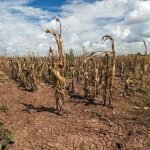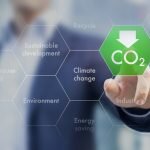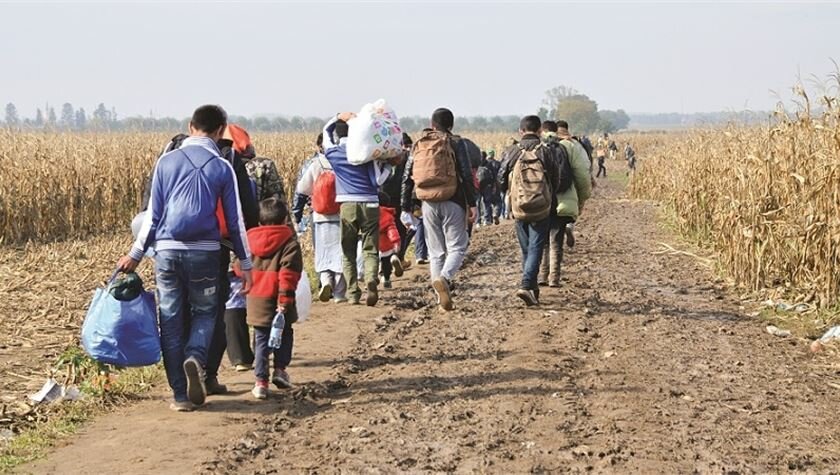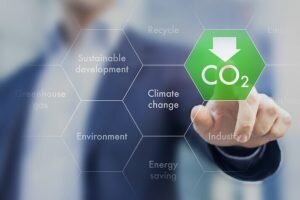Conflict, insecurity, disasters, poverty are some of the key factors influencing migration in the 21st century. As the reality of climate-induced crisis dawns on humanity, climate change is fast becoming a potent driver of migration.
According to the latest World Bank’s Groundswell report, findings show that climate change could force 216 million people across six world regions to move within their countries by 2050. About 86 million internal climate migrants will be from Sub-Saharan Africa with 19 million from North Africa. To say the least, the African continent will be the most impacted by future climate crises.
Understanding that climate change is a powerful driver of internal migration mainly because of its impacts on people’s livelihoods and loss of livability, the report takes on a scenario-based approach. It explores potential future outcomes, which can help decision-makers plan ahead.
To this end, it identifies internal climate in- and out-migration hotspots, that is, areas from which people are expected to move due to (i) increasing water scarcity (ii) declining crop productivity (iii) rising sea level, and (iv) urban and rural areas with better conditions to build new livelihoods.
To date, climate change is already manifesting as severe droughts in African countries like Somalia, Mozambique, Zimbabwe, Malawi, South Sudan, and Niger. In West Africa, coastal degradation and erosion are twin threats especially in Benin, Côte d’Ivoire, Senegal, and Togo; around 56% of their coastlines are eroding and are expected to worsen in the future.
Per CNN, Africa’s most populous city, Lagos, is doomed to become uninhabitable by the end of this century as sea levels rise due to climate change, at best, leaving its inhabitants displaced.
With damning projections flying back and forth, the World Bank report calls for concerted action at the intersection of climate, migration, and development to slow down the movement of millions in the future. Not wanting to be all doom and gloom, it also offers policymakers a series of recommendations that can help slow the factors driving climate migration and prepare for expected migration flows, including:
- Reducing global emissions and making every effort to meet the temperature goals of the Paris Agreement.
- Embedding internal climate migration in far-sighted green, resilient, and inclusive development planning.
- Preparing for each phase of migration, so that internal climate migration as an adaptation strategy can result in positive development outcomes.
- Investing in a better understanding of the drivers of internal climate migration to inform well-targeted policies.
In his own words, Juergen Voegele, Vice President of Sustainable Development, World Bank, said, “The Groundswell report is a stark reminder of the human toll of climate change, particularly on the world’s poorest—those who are contributing the least to its causes. It also clearly lays out a path for countries to address some of the key factors that are causing climate-driven migration.
All these issues are fundamentally connected which is why our support to countries is positioned to deliver on climate and development objectives together while building a more sustainable, safe, and resilient future.”





![MIT opens Solv[ED] Youth Innovation Challenge for young people ($200,000) Solv[ED] Youth Innovation Challenge - cleanbuild](/wp-content/uploads/2021/09/SolvED-Youth-Innovation-Challenge-150x150.jpg)












![MIT opens Solv[ED] Youth Innovation Challenge for young people ($200,000) Solv[ED] Youth Innovation Challenge - cleanbuild](/wp-content/uploads/2021/09/SolvED-Youth-Innovation-Challenge-74x55.jpg)

